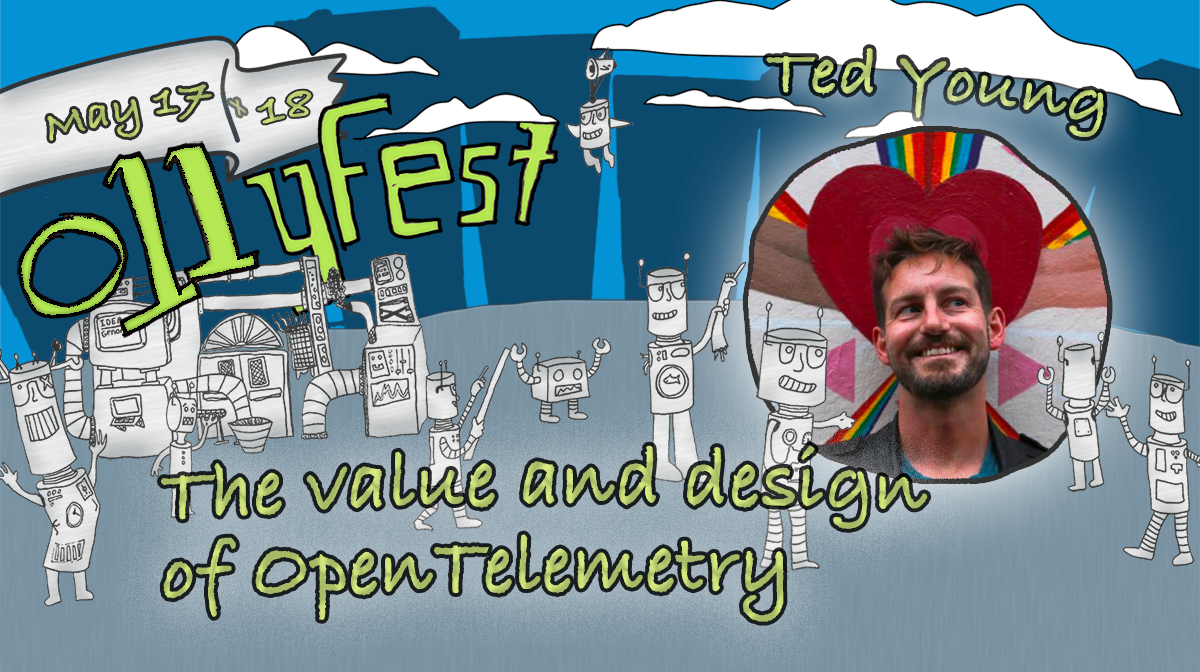The value and design of OpenTelemetry
The architecture of OpenTelemetry is no accident.
Telemetry is a cross-cutting concern. Millions of lines of instrumentation need to be written. Popular libraries containing native instrumentation will be composed into thousands of applications. It is critical that instrumentation should never break or cause a dependency conflict. Stability is incredibly important.
At the same time, the world of observability is rapidly evolving. You don’t want to be stuck with a floppy disk in the age of thumb drives. And even thumb drives are yesterday’s news. Flexibility and choice are incredibly important.
We also live in an age of heightened security and rapid deployment. It is important to be able to consume patches as quickly as possible, and never be blocked on an update. Upgrading to the current version is incredibly important.
These three important requirements—stability, flexibility, and upgrading—are hard challenges to meet individually, and impossible to meet together without careful thought. Learn how the design of OpenTelemetry, focused on a clean separation of concerns, future proofs your observability system.
In this talk, we will go over the architectural design and motivations of the OpenTelemetry project. By the end, you’ll see why these design choices are so important, and may even wish that more libraries took this clean approach to building software.
More about Ted Young
Ted is one of the OpenTelemetry co-founders, currently serving as a member of the OpenTelemetry Governance Committee. For the past twenty years, he has worked on visual effects, climate justice, and distributed operating systems. Computers made him cry for all twenty of those years, which is why he now focuses on observability. He lives on a tiny farm in Portland, Oregon.
